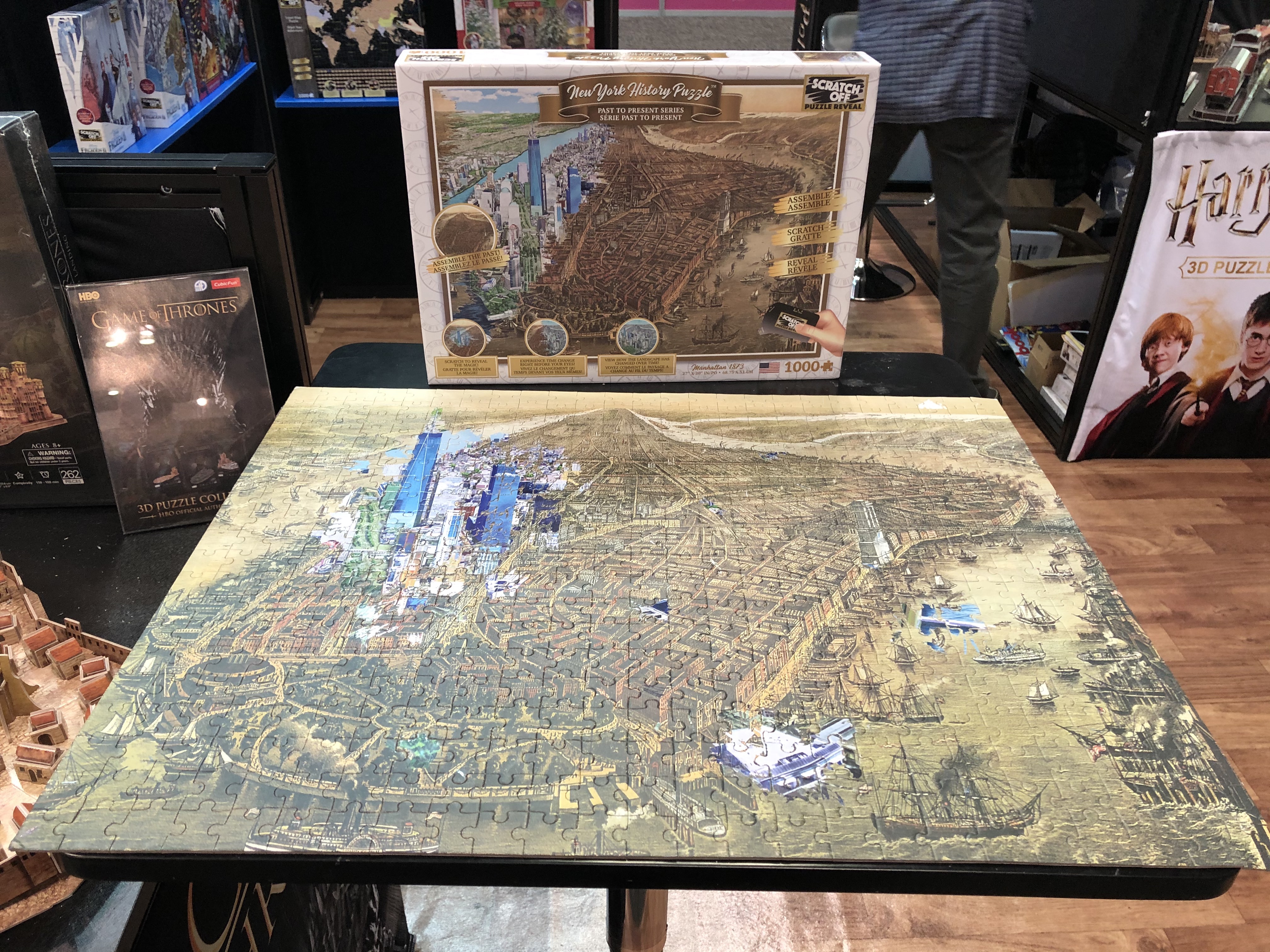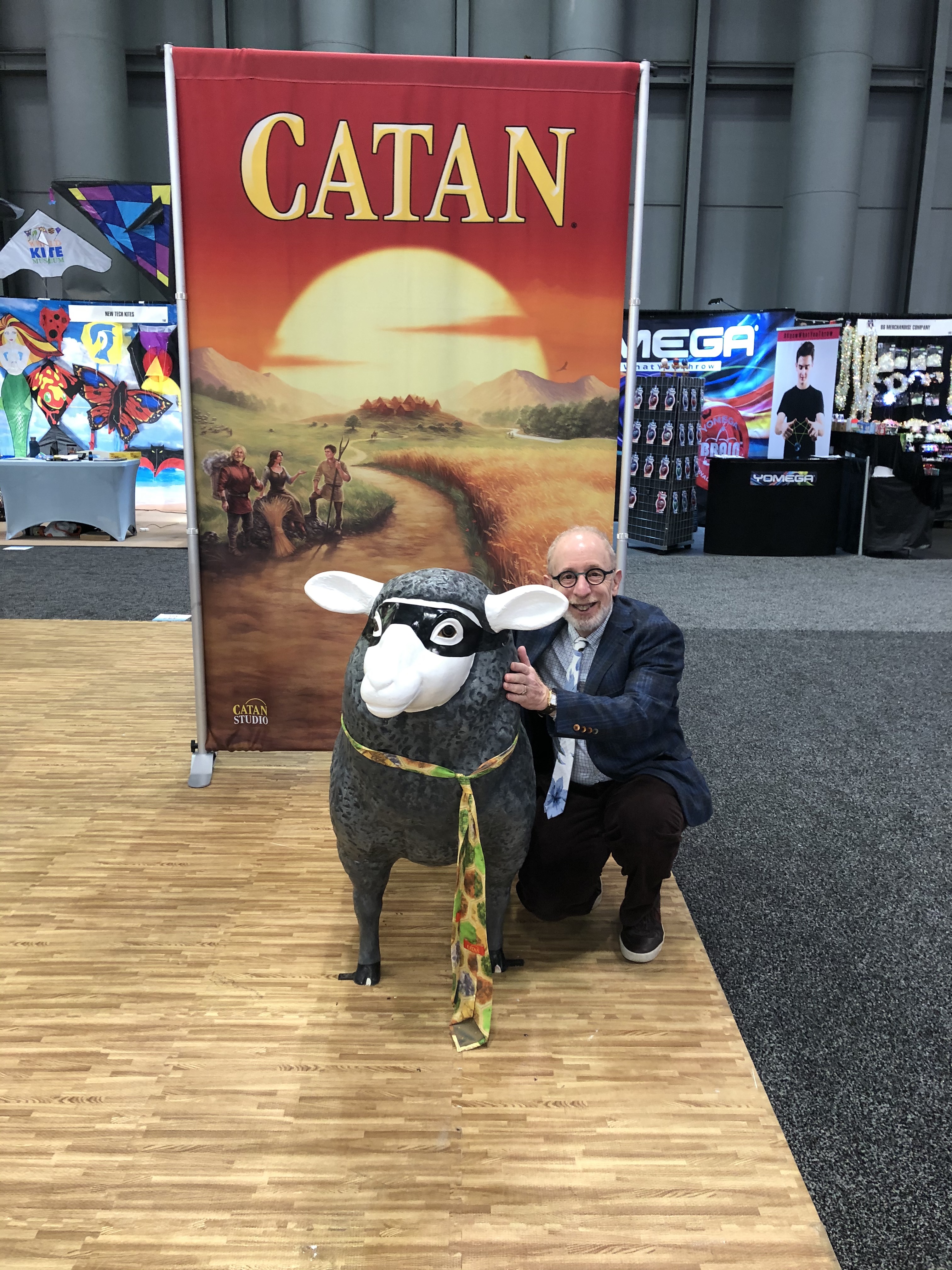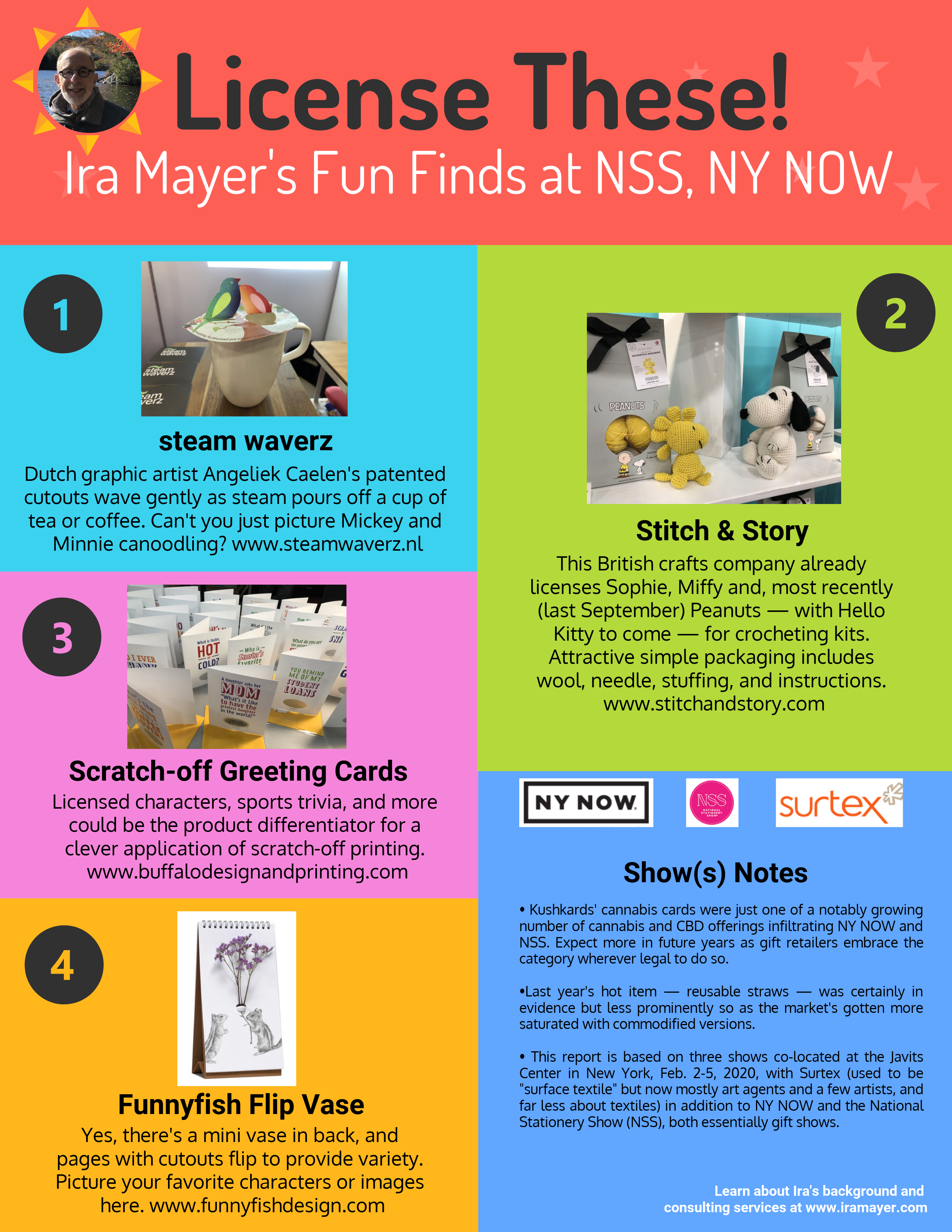“What made us successful yesterday may be the reason for our failure tomorrow,” said Edwin Keh of the Hong Kong Research Institute of Textiles and Apparel at the Sourcing Journal Summit: The New Fundamentals. Indeed, the rate of change in the apparel and footwear industries over the past decade will be mightily outpaced by the changes over the next decade.
Other speakers at the Summit offered variants of that theme. “If you started your company tomorrow would it look like it does today?” Jesus Vega asked. An “entrepreneurial agitator” who had been with Inditex’s Zara unit, he posed the question relative to the “Freddy Mercury-ization of retail: ‘I want it all and I want it now.’”
Outstanding in both content and execution, the mid-October Sourcing Journal Summit gave voice to six specific areas of concern:
- Sustainability — and the lack of clarity in what the term means.
- The need to align direct-to-consumer brands’ data-driven business model with the product orientation of traditional retailers.
- Uncertainty re tariffs, borders, and the regulatory climate.
- The prospects for moving production to less heavily tariffed territories.
- Inventory backups.
- Amazon.
Sustainability
Edward Hertzman, founder and president of Sourcing Journal Media, and host of the Summit: “There is twice as much organic cotton [labeled on] t-shirts as there is organic cotton. . . .If we asked everyone in this room [about 400 people] to write down what sustainability is, would any two have the same answer?” It was a rhetorical question, but McKinsey & Company’s Karl-Hendrik Magnus answered for all: “No.”
The need for “common language” regarding sustainability came up repeatedly, as did the need to differentiate between environmental and social responsibility. Cyrus Wadia, a former Nike executive now also with McKinsey: “Sustainability has to be on the same plane as other business factors — not an add-on. . . .Sustainability is moving from nice to have to must have — but mostly for 2025” and beyond. And Hertzman again: When a manufacturer promises you organic cotton, how do you know it is? “You don’t.”
“So much capital is locked up in inventory that you have to solve the inventory problem before you can embrace sustainability,” said Chainge Capital’s John Thorbeck. “We need a sustainable business model. This is a going-out-of-business model.”
Aligning Business Models
“Direct-to-consumer brands [DTCs] have tech strength but they’re not product people. Wholesalers’ and retailers’ strength is product but they don’t have data or don’t know what to do with the data they have, and they don’t have the ability to reach that digital consumer,” said Andrew Postal, Managing Partner at MMG Advisors, an investment banking firm. “Most traditional wholesalers and retailers stink at it,” he added.
That said, D2 Brands/Delta Galil’s Victoria Vandagriff, whose company does not have DTC brands, interestingly pointed out that direct is “how customers want to shop.”
DTC brands can manufacture 200 of each of 10 designs and know within days, at most, what sells, said Lever Style’s Stanley Szeto; Lever is a contract manufacturer for Theory, Hugo Boss, Stitch Fix, Bonobos, and others. That, he added, is very different than the two million pieces a Uniqlo will have to order without knowing how it will be received.
The small orders for DTC brands require “flexibility — you need a supplier that can deal with on-demand” production and delivery, said Taylor Shupe, of Future Stitch, a knit apparel manufacturer.
DTC brands’ digital expertise “allows you to acquire data about the final customer,” said Anthony Choe, founder of Provenance, a private equity firm. “Most DTCs don’t take advantage of that. But the right brand needs to be in multiple channels,” including both traditional retail and digital platforms. “Digital is under-distributed in the real world [meaning traditional retail],” Choe continued. “But the retail economics are starting to work for digital-native brands” to make the transition.
Uncertainty: Tariffs and More
The prevailing sentiment came down to:
- Get used to tariffs. “There may be some respites, but it’s not going back to what it was,” said Michael Zakkour, a retail and digital commerce consultant.
- Expect corresponding price increases. “Tariffs are real. It’s going to come from somewhere,” said Stephen Lamar of the American Apparel & Footwear Association (AAFA). “When you move to new contracts you’ll see those costs passed along the supply chain to retailers and consumers.” Similarly, while Postal of MMG noted that efforts to raise prices to date haven’t worked, part of the current difficulty is that “tariffs just happened. We didn’t have a chance to adjust the supply chain.”
- Pressure to renegotiate licensing agreements is growing. Postal said that tariffs are accelerating demand by licensees to lower royalties. “Those manufacturers [large public companies] that have clout can to go to licensors and say, ‘Renegotiate or I’ll give you the brand back.’ Others can’t.” Still, with royalty rates of 7%-9% for brands and 13%-16% for entertainment properties, “the margins are not sustainable. They’ll have to either restructure minimum guarantees and royalties or go out of business,” Postal said of licensees.
Moving Production
With 69% of footwear, 41% of apparel, and 84% of accessories manufactured in China, moving production in response to sudden tariffs is impossible. For footwear, in particular, where the technology and piece work are both intensive, it’s not going to happen, all agreed.
“If Vietnam gets big enough and this guy stays in office you’ll see tariffs there too,” said MMG’s Postal. And, noted Nathan Serphos of Michael Kors, “Vietnam is not going to double its population over the next two years.”
As for Ethiopia, the Dominican Republic and other locales, “It’s been done before,” said Harold Grunfeld, a customs and international trade law specialist at Grunfeld, Desiderio, Lebowitz, Silverman & Kledstadt. “But who wants to kill themselves trying to get goods into this country? It’s not a short-term solution” to the new tariffs.
Grunfeld also alluded to classification and accounting practices that can sometimes be used to offset at least some of the tariffs.
Inventory Backlogs
“Excess inventory is a problem for 2020,” said Chainge Capital’s Thorbeck. “Too often people think it’s a seasonal issue, but this has been a problem for a long time. It’s not just a matter of selling through the existing inventory” and then re-ordering.
“As a wholesaler you produce what’s ordered; when you’re sitting on inventory, 90% of the time we don’t make that back,” said D2/Delta Galil’s Vandagriff. Added Teva/Deckers Brands’ Anders Bergstrom, “We don’t have short-term inventory. It’s 18 months to produce; my job is to keep Ross Stores from getting a great deal.” And: “Inventory = risk, and risk management is about managing data and having vertical synergy in the supply chain,” MMG’s Postal, noting that DSW had bought the Camuto Group [with Authentic Brands Group].
“Some [stores] are buying flat to down,” said Janine Stichter, a retail analyst at Jefferies, “but structural headwinds, e-commerce, and tariffs going forward” mean inventory problems are not going to diminish anytime soon.
“We need more emphasis on process innovation,” Thorbeck urged the audience. “Tariffs complicate the situation, and technology” isn’t the only solution. “Inditex changing delivery from the standard 6-9 months to 1-3 months — that’s a process enabled by technology but it’s an innovation in process.”
Amazon
The difficulty of working on Amazon’s terms — and the lack of an alternative to working on Amazon’s terms — was a universal given. But the bottom line, also a universal given, is that “everyone will have to learn to deal with them,” said MMG’s Postal. “Amazon is today’s Sears catalog.”


























